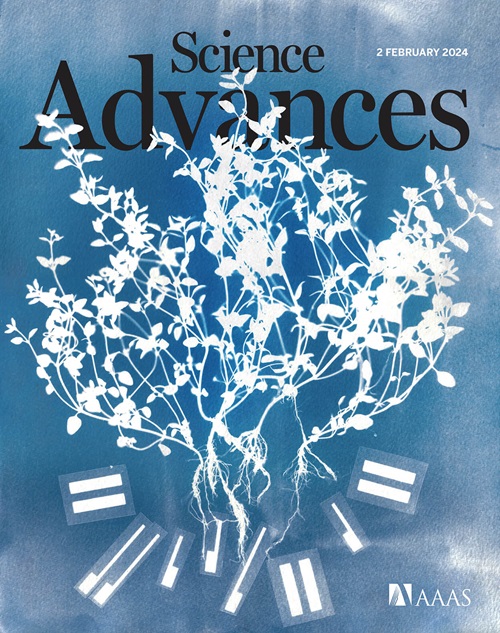Xenotopic synthetic biology: Prospective tools for delaying aging and age-related diseases
IF 11.7
1区 综合性期刊
Q1 MULTIDISCIPLINARY SCIENCES
引用次数: 0
Abstract
Metabolic dysregulation represents one of the major driving forces in aging. Although multiple genetic and pharmacological manipulations are known to extend longevity in model organisms, aging is a complex trait, and targeting one’s own genes may be insufficient to prevent age-dependent deterioration. An alternative strategy could be to use enzymes from other species to reverse age-associated metabolic changes. In this review, we discuss a set of enzymes from lower organisms that have been shown to affect various metabolic parameters linked to age-related processes. These enzymes include modulators of steady-state levels of amino acids (METase, ASNase, and ADI), NADPH/NADP+ and/or reduced form of coenzyme Q (CoQH2)/CoQ redox potentials (NDI1, AOX, LbNOX, TPNOX, EcSTH, RquA, LOXCAT, Grubraw, and ScURA), GSH (StGshF), mitochondrial membrane potential (mtON and mito-dR), or reactive oxygen species (DAAO and KillerRed-SOD1). We propose that leveraging non-mammalian enzymes represents an untapped resource that can be used to delay aging and age-related diseases.

求助全文
约1分钟内获得全文
求助全文
来源期刊

Science Advances
综合性期刊-综合性期刊
CiteScore
21.40
自引率
1.50%
发文量
1937
审稿时长
29 weeks
期刊介绍:
Science Advances, an open-access journal by AAAS, publishes impactful research in diverse scientific areas. It aims for fair, fast, and expert peer review, providing freely accessible research to readers. Led by distinguished scientists, the journal supports AAAS's mission by extending Science magazine's capacity to identify and promote significant advances. Evolving digital publishing technologies play a crucial role in advancing AAAS's global mission for science communication and benefitting humankind.
 求助内容:
求助内容: 应助结果提醒方式:
应助结果提醒方式:


